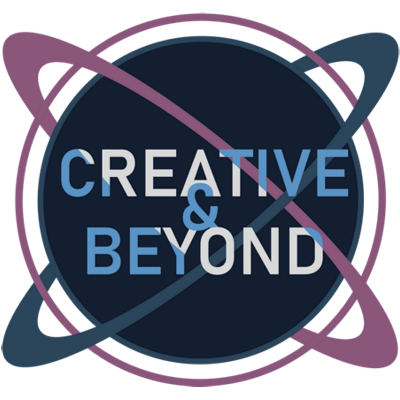The Inspiration Reservoir
This may strike you as odd, but I’ve noticed a parallel relationship between inspiration and pain.
When you’re experiencing them, it feels like they’ll go on forever—like an ever flowing fountain. But it’s rarely the case for either.
Usually, the inspiration and the pain subsides over time.
In both cases, it’s helpful to keep that in mind while you’re in the midst of it. Thankfully, in the case of inspiration, just because it goes doesn’t mean it won’t come back.
It’s been some time since I’ve mentioned K.M. Weiland, but she’s been talking about some similar topics lately. When answering what advice she’d give her younger self when starting out:
Inspiration and creativity are gifts that must be nurtured, not limitless resources to be plundered.
She goes on to say:
If you’re in this lifestyle for the long haul, you want your focus to be on the quality of your own experience rather than the quantity of your output. Care for your creativity like it’s the most precious thing in your life.
It’s solid advice, and something that takes learning the hard way to really appreciate. I’ve certainly been through my share of dry spells.
Lately, I’ve been working through some comments from my editor on my book The Endless Creative. She had some excellent pushback on whether the greatest value comes from the outside or from within us, especially in regards to how much we should seek personal comfort.
I backed up from my harder approach and revised what I’d written to this:
While comfort, in itself, can be a wonderful, life-giving thing, if our only goal is personal comfort, we start to insulate and starve ourselves. The inner well is deep and holds many treasures, but if it’s our only source of inspiration, it will eventually become depleted and can only be refilled by other waters. This is why, ultimately, comfort alone cannot satisfy. It’s a dead end. A creative mindset looks both inward and outward.
In Julia Cameron’s book The Artist’s Way, she talks about the importance of “filling the well” through the second of her two main practices: the artist’s date.
While I regularly write morning pages (her first main practice), setting aside a weekly time to get inspired isn’t something I’ve yet habitualized. However, I believe filling the well to be something that is completely necessary for every creative.
The tricky part is, the inner well is not easy to measure; it’s not often obvious when it’s almost empty and, if you aren’t careful, it can suddenly run dry on you. And when that happens, like a car without oil, it’s easy for heat and friction to build until you reach burnout and come to a screeching halt.
Whatever shall we do to avoid this? Gauge your outputs and your intakes. Take some breaks between creative outpourings to relax and absorb. Even setting aside the occasional dedicated hour to soak up something of beauty, wonder, or fascination can help replenish what was lost.
Thankfully, inspiration works much like Elmer’s glue in a kid’s construction paper project: a little bit can go a very long way.

